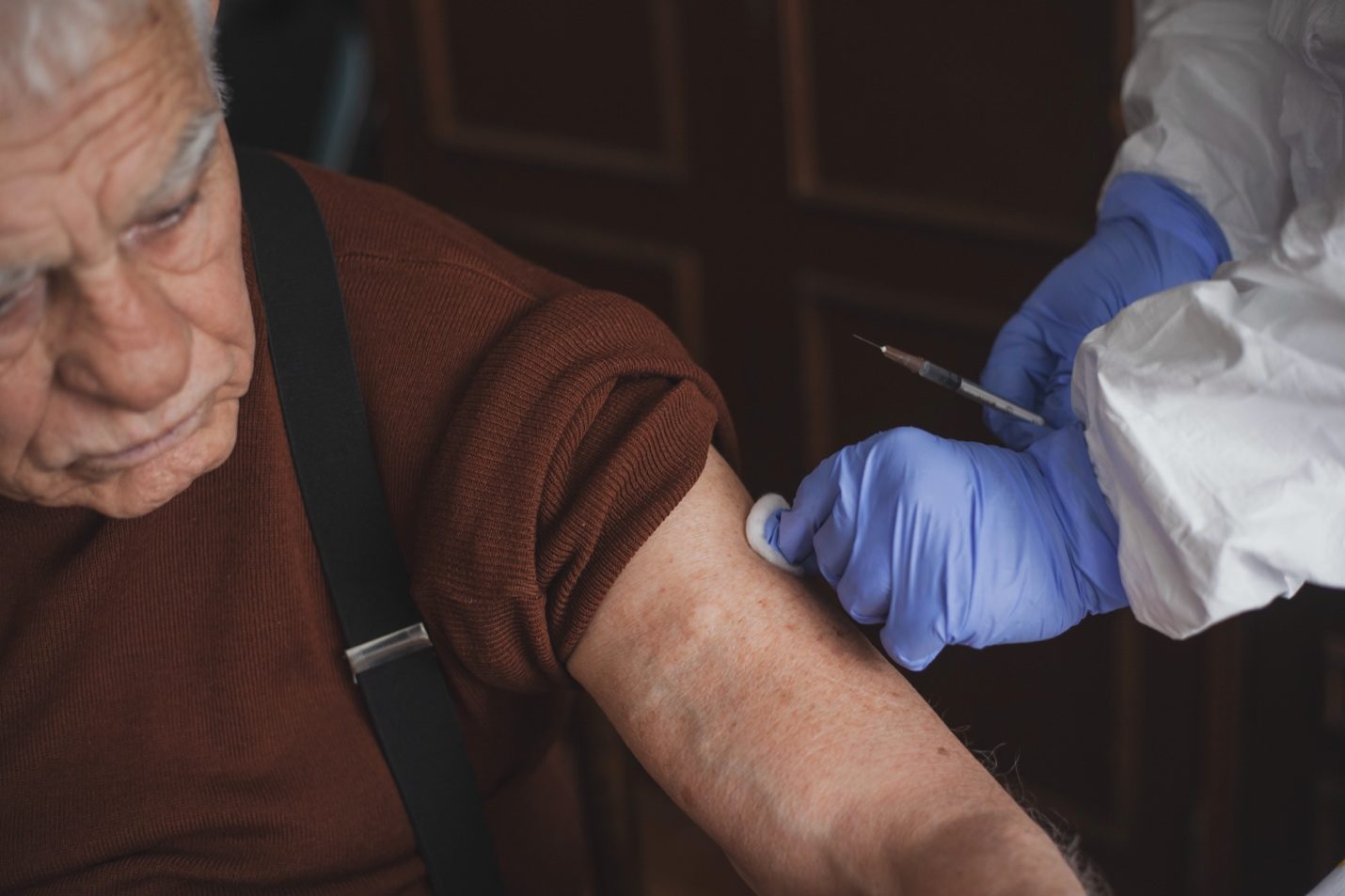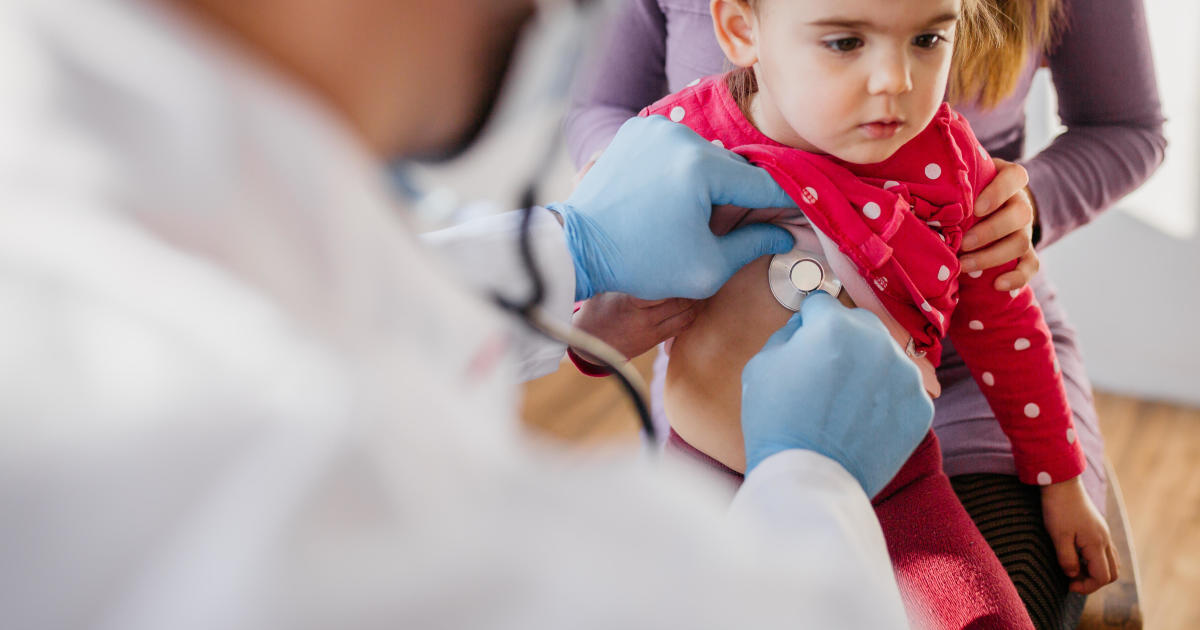

Access to healthcare in rural America continues to be a pressing issue, affecting millions of residents who live in remote areas. Limited medical facilities, shortages of healthcare professionals, and long travel distances make it difficult for rural populations to receive timely and adequate care. Bridging this gap is crucial not only for improving health outcomes but also for enhancing the quality of life in these communities. Fortunately, innovative solutions are emerging to meet the needs of rural Americans and improve access to healthcare services.
The Challenges of Healthcare Access in Rural Areas
Rural areas often face unique challenges that make accessing healthcare difficult. One of the main issues is the scarcity of healthcare providers. Many rural regions lack primary care physicians, specialists, and mental health professionals. This shortage results in longer wait times, forcing patients to travel long distances to receive care. In some cases, rural residents may delay or avoid seeking medical help, leading to worsened conditions and higher rates of chronic disease.
Additionally, healthcare infrastructure in rural areas is often outdated or insufficient to meet the needs of the population. Small, local hospitals may struggle to stay financially viable and face the risk of closure. This makes access to emergency care particularly problematic, as critical treatment may not be available when needed most. Transportation barriers also pose significant challenges, especially for elderly or low-income residents who may not have reliable means of getting to distant healthcare facilities.
Innovative Solutions to Improve Access
One promising solution to the rural healthcare crisis is the use of mobile medical clinics. These clinics can travel to underserved areas, bringing essential healthcare services directly to the community. Equipped with the latest medical technologies, mobile medical clinics provide preventive care, vaccinations, routine check-ups, and even specialized services like dental and vision care.
Telemedicine is another rapidly growing solution. With advances in technology, patients in rural areas can now consult with healthcare providers via video calls, receive medical advice, and even get prescriptions filled remotely. This solution is especially beneficial for managing chronic conditions such as diabetes, heart disease, and mental health issues, where consistent monitoring and care are crucial.
The Role of Policy and Funding
Government policies and funding also play a critical role in improving healthcare access in rural America. Federal programs like the Rural Health Clinic (RHC) initiative and the National Health Service Corps (NHSC) provide incentives for healthcare professionals to work in rural areas by offering loan repayment assistance and grants. Increased funding for rural hospitals and clinics can help keep essential services running, while also encouraging the adoption of telemedicine and mobile clinic services.
Improving healthcare access in rural America is critical to the health and well-being of millions of people. By addressing shortages of healthcare providers, investing in infrastructure, and expanding healthcare services, rural communities can receive the care they deserve. Reducing barriers to healthcare in these areas will not only improve individual health outcomes but will also contribute to the overall vitality and resilience of rural America. Look over the accompanying resource to learn more.








